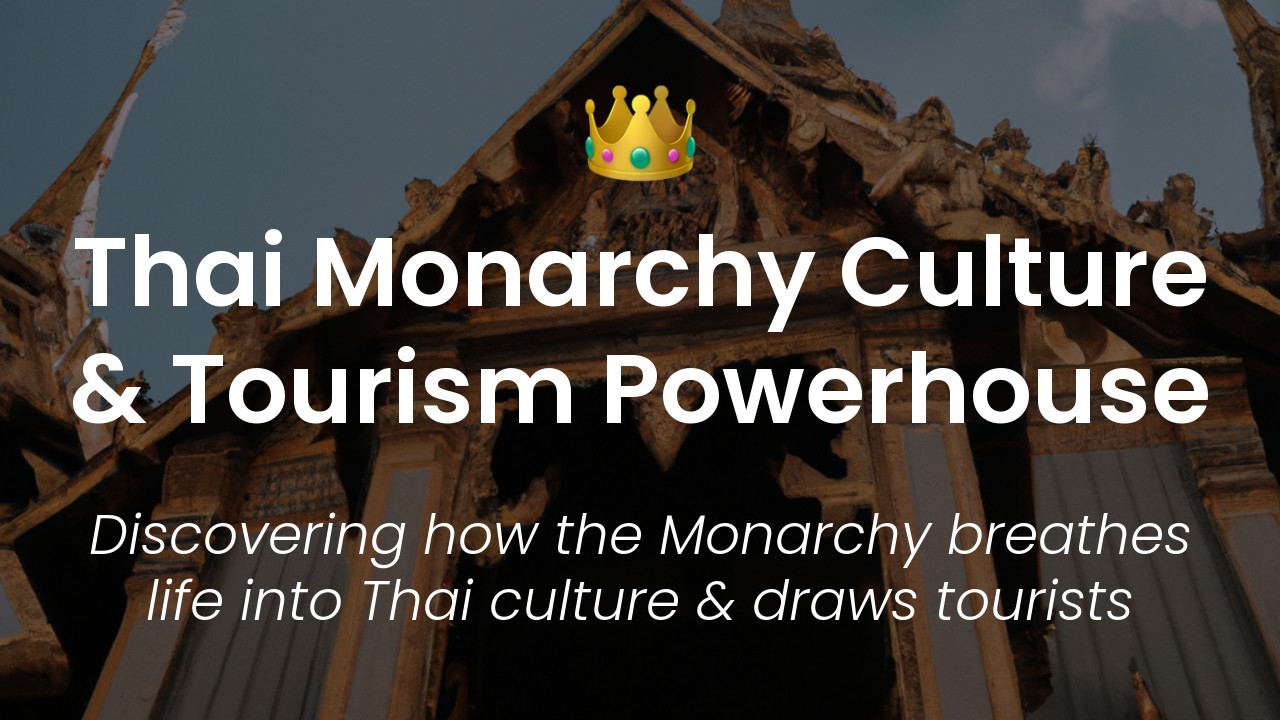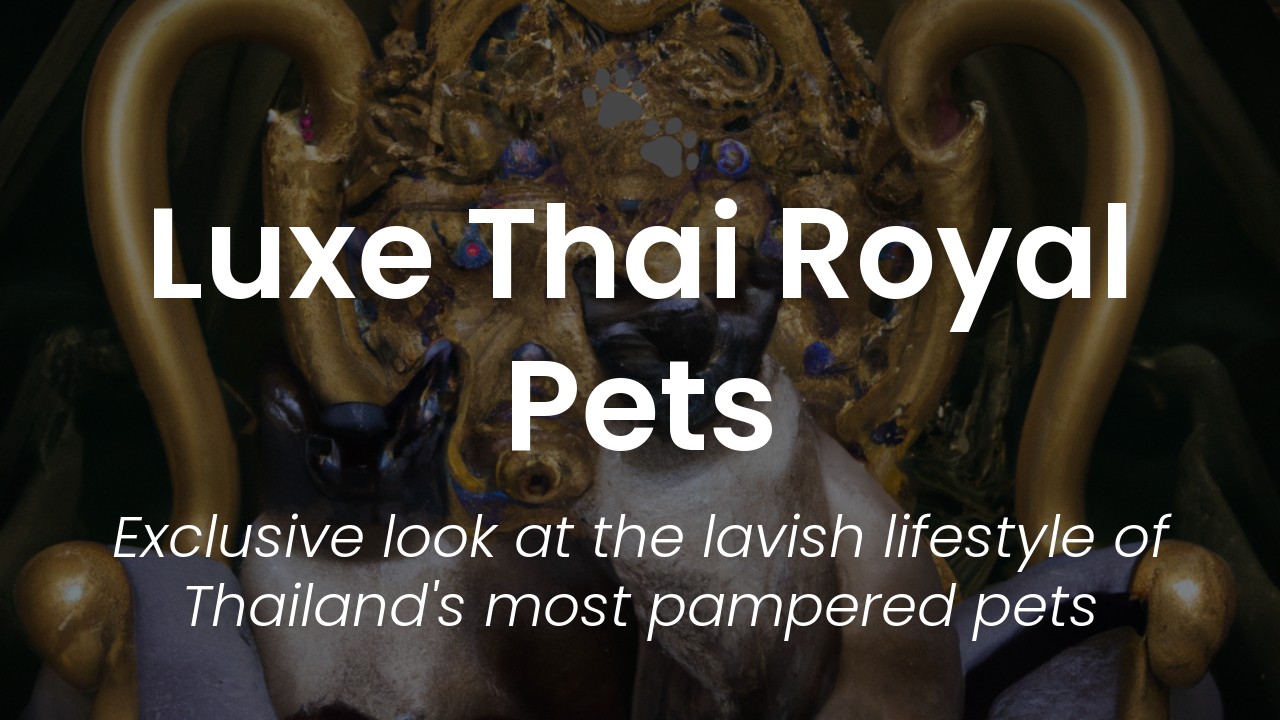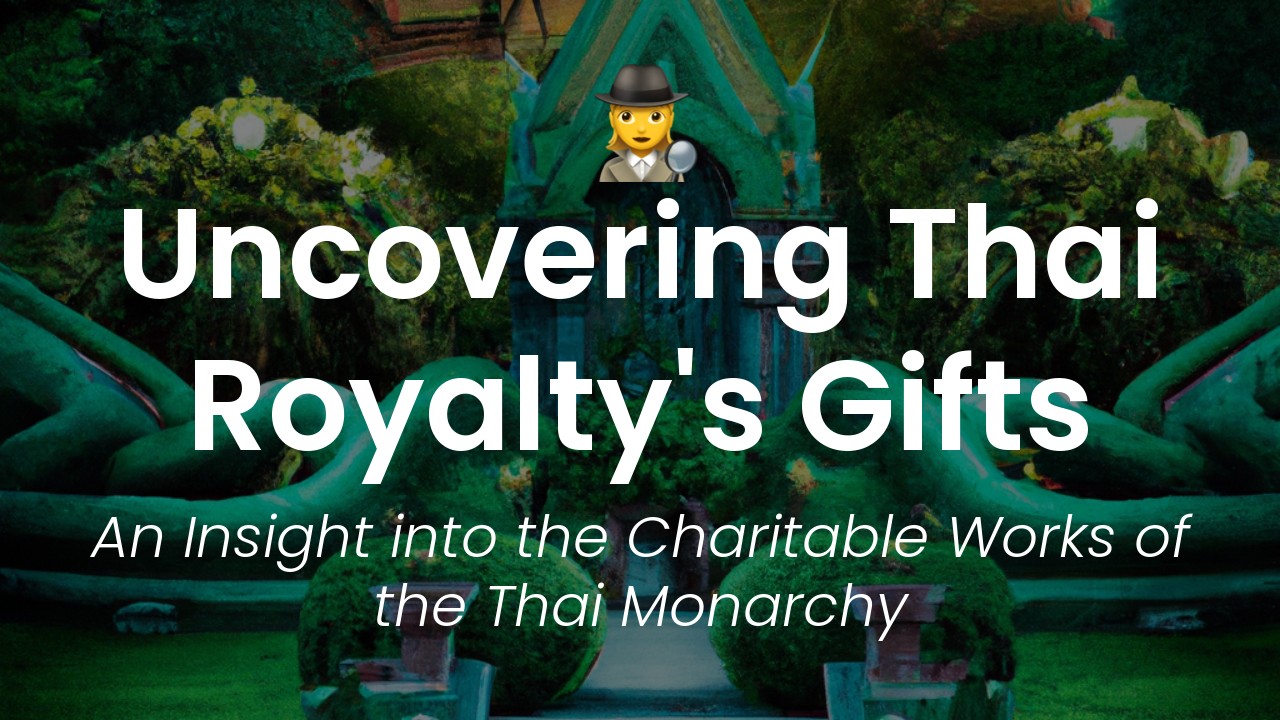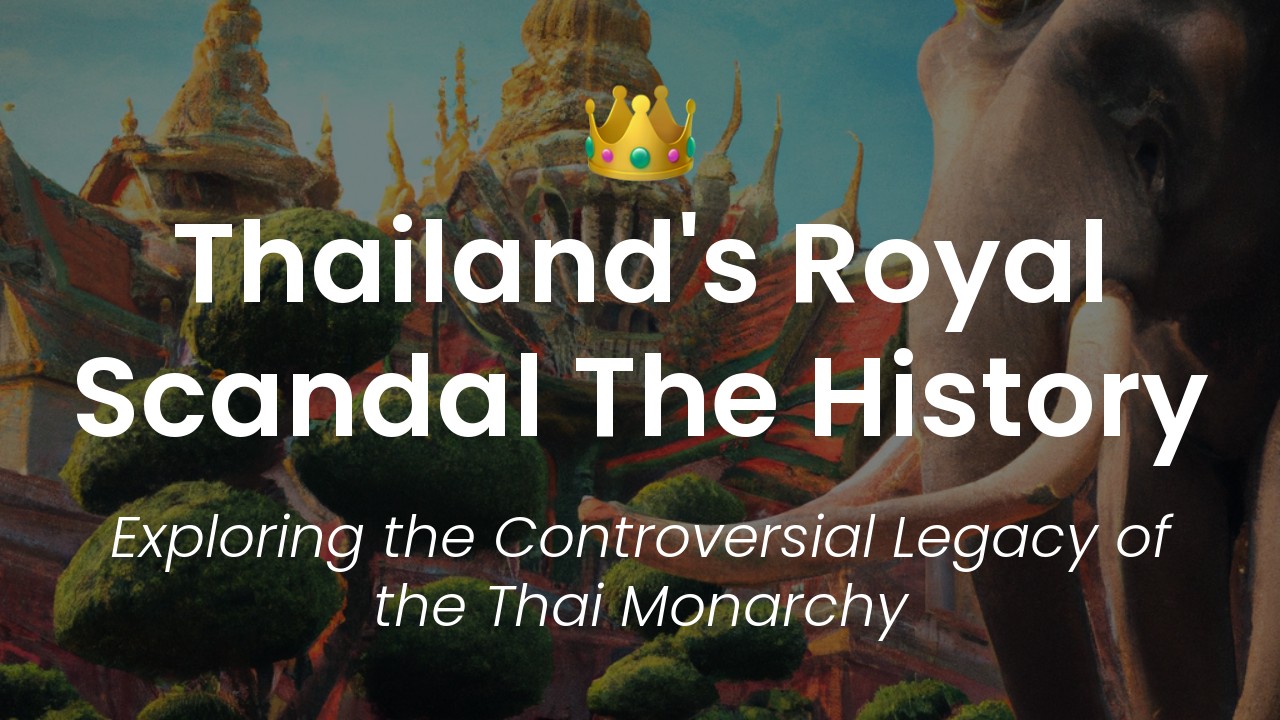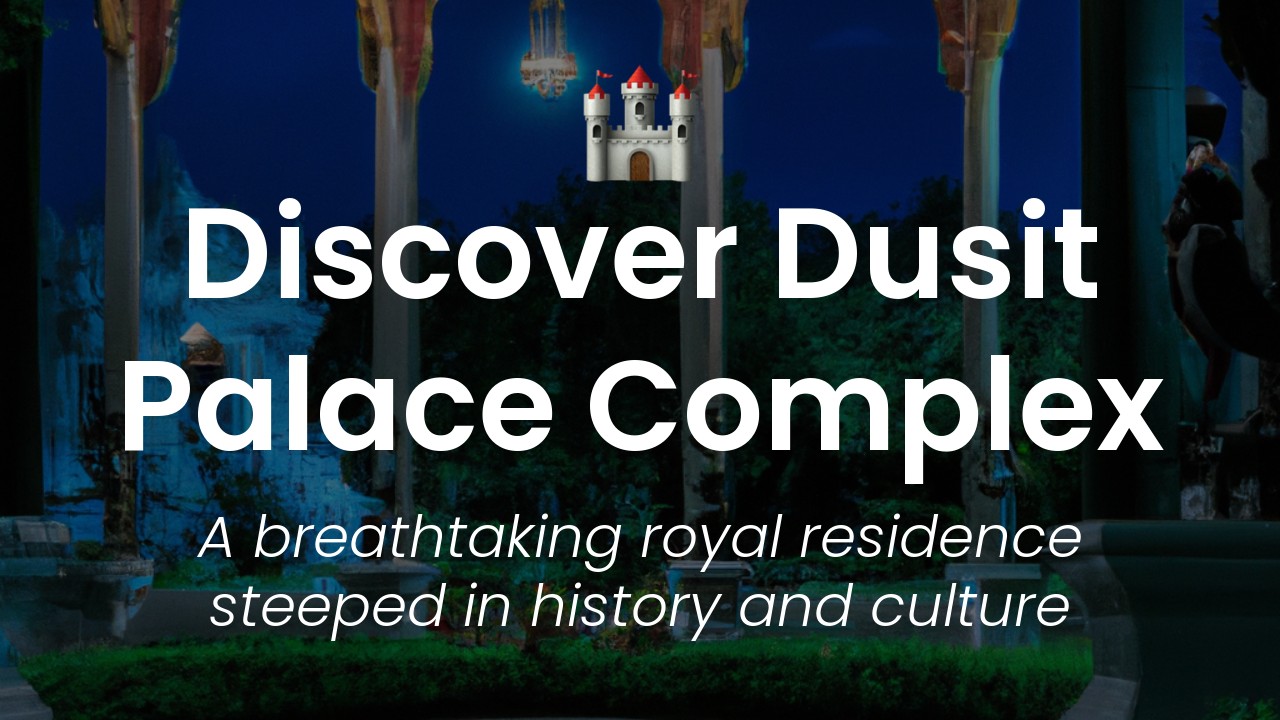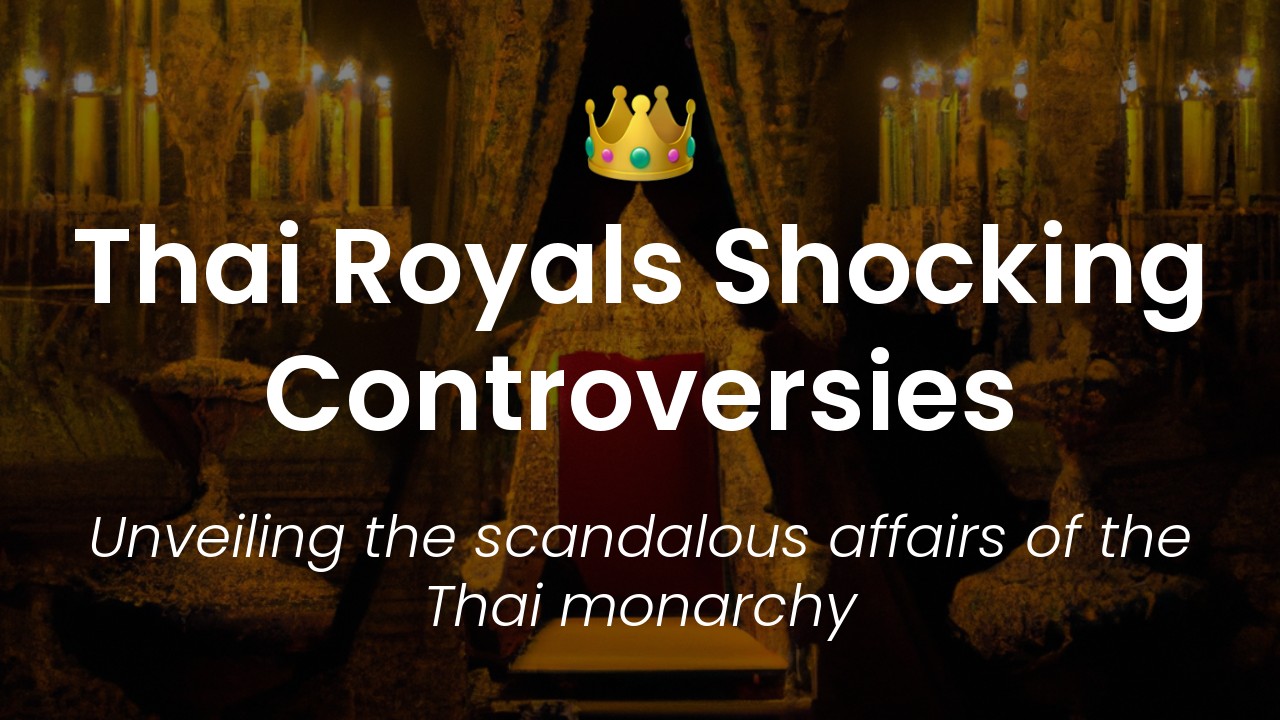As a Thai national, I’ve always been enamoured with the country’s rich cultural history, and the Royal Elephant Museum is no exception. Nestled in the heart of Ayutthaya’s old district, the museum is home to one of the most iconic symbols of Thailand: the majestic elephant. But it’s not just a celebration of the elephant’s cultural importance: the Royal Elephant Museum is an architectural marvel in its own right.
I was recently fortunate enough to visit the museum and was awestruck by its intricate design and attention to detail. The museum, which was opened in 2009, is housed in a beautifully restored royal palace, built in 1903 during the reign of King Chulalongkorn. The palace served as a residence for the king’s concubines, but in 1998, the Department of Fine Arts began its restoration, transforming it into the impressive museum it is today.
One of the things I found most impressive about the Royal Elephant Museum is its expansive, beautifully landscaped gardens. The palace itself is surrounded by a lush, green expanse dotted with statues of elephants, a nod to the museum’s central focus. The gardens also offer visitors an opportunity to learn about traditional Thai horticulture with displays of native plants, herbs and flowers. It’s clear that the designers of the museum didn’t just focus on creating a space to house their exhibits, but also wanted to create a serene environment that visitors can enjoy.
History of the Royal Elephant Museum
The Royal Elephant Museum is a fascinating cultural marvel that speaks volumes about the rich history, traditions, and beliefs of the Thai people. Located within the precincts of the Grand Palace in Bangkok, this museum is dedicated to the gentle giants of Thailand – the elephants. It celebrates their role as cultural symbols, beasts of burden, and even military weapons in the past.
The Royal Elephant Museum boasts a rich and captivating history that dates back to the reign of King Rama V. The king had a passion for elephants, and in 1900, he commissioned the construction of a stable for his beloved elephants. The stable was built in the traditional Thai architectural style, complete with ornate columns, red and gold roofs, and intricate carvings. It was considered a masterpiece of Thai art and was used to house the royal elephants.
Over the years, the stable's structure was expanded, and additional halls were constructed, making it a full-fledged museum dedicated to all things elephantine. Today, the Royal Elephant Museum stands as a testament to Thailand's rich cultural heritage and serves as a must-visit destination for tourists who want to learn more about Thai culture.
Features of the Royal Elephant Museum
The Royal Elephant Museum is home to an impressive collection of artifacts, artwork, and historical relics that reveal the close relationship that Thai people have with elephants. The museum's exhibits provide an in-depth look at the various roles that elephants have played in Thai culture over the centuries. Visitors can expect to see a wide range of exhibits, including elaborate elephant carriages, ceremonial saddles, and ornate harnesses.
One of the museum's main attractions is the display of elephant tusks, which showcase the remarkable size and majesty of these gentle giants. Other highlights include the military section, which showcases how elephants were used in warfare and the veterinary section, which offers a glimpse into the world of elephant healthcare.
Elephant culture in Thailand
Elephants have a deep-rooted cultural significance in Thailand, and the elephant culture is something that has been passed down from generation to generation. Thai people regard elephants as symbols of strength, wisdom, and prosperity. They play an integral role in religious ceremonies and traditional festivals such as Songkran and Loy Krathong.
In the past, elephants were used for transportation, agriculture, and even as weapons of war. They were trained to carry out a range of tasks like logging, clearing forests, and moving heavy objects. Today, elephants are mainly used in the tourism industry, where they serve as attractions and a source of income for their owners.
Elephant conservation and protection
Thailand has a long-standing tradition of elephant conservation and protection, and the government has implemented policies and programs to safeguard these gentle giants. The establishment of sanctuaries and national parks has helped to preserve the natural habitats of these animals, while stringent laws have been put in place to prevent their mistreatment.
The Royal Elephant Museum plays a crucial role in creating awareness about elephant conservation and protection. It highlights the need to protect the dwindling elephant population, educate people about responsible tourism, and promote ethical treatment of these magnificent creatures.
Visitor experience at the Royal Elephant Museum
A visit to the Royal Elephant Museum is an unforgettable experience that immerses visitors in Thailand's rich cultural history. The museum's exhibits are well-curated, and the audio guides provide in-depth information making the experience both enjoyable and informative.
Visitors can explore the various halls of the museum and admire the intricate carvings and architecture that are unique to Thai art. They can also interact with the mahouts, the traditional elephant keepers, and learn more about the heritage of the elephant culture in Thailand.
Events and activities at the museum
Apart from its regular exhibits, the Royal Elephant Museum hosts various events and activities throughout the year, providing visitors with different opportunities to learn more about Thai culture and traditions. These events include the annual Royal Elephant Polo Tournament, which is a fun-filled event where visitors can watch players riding on elephants while playing polo.
Another exciting activity is the elephant bath, where visitors can watch elephants enjoy a leisurely bath in the river. Additionally, visitors can enjoy traditional Thai dance performances, learn to cook Thai food, and shop for souvenirs at the museum's gift shop.
Importance of preserving the elephant legacy
The Royal Elephant Museum serves as a reminder of Thailand's deep-rooted tradition of elephant culture and the need to preserve it for future generations. The dwindling elephant population has posed a threat to Thai heritage, and the museum plays a crucial role in promoting awareness about elephant conservation among visitors.
In conclusion, the Royal Elephant Museum is a must-see destination for tourists who want to experience Thai culture, history, and traditions firsthand. It provides an immersive and educational experience that showcases the beauty of Thailand's elephant culture while also highlighting the importance of conservation and protection.


